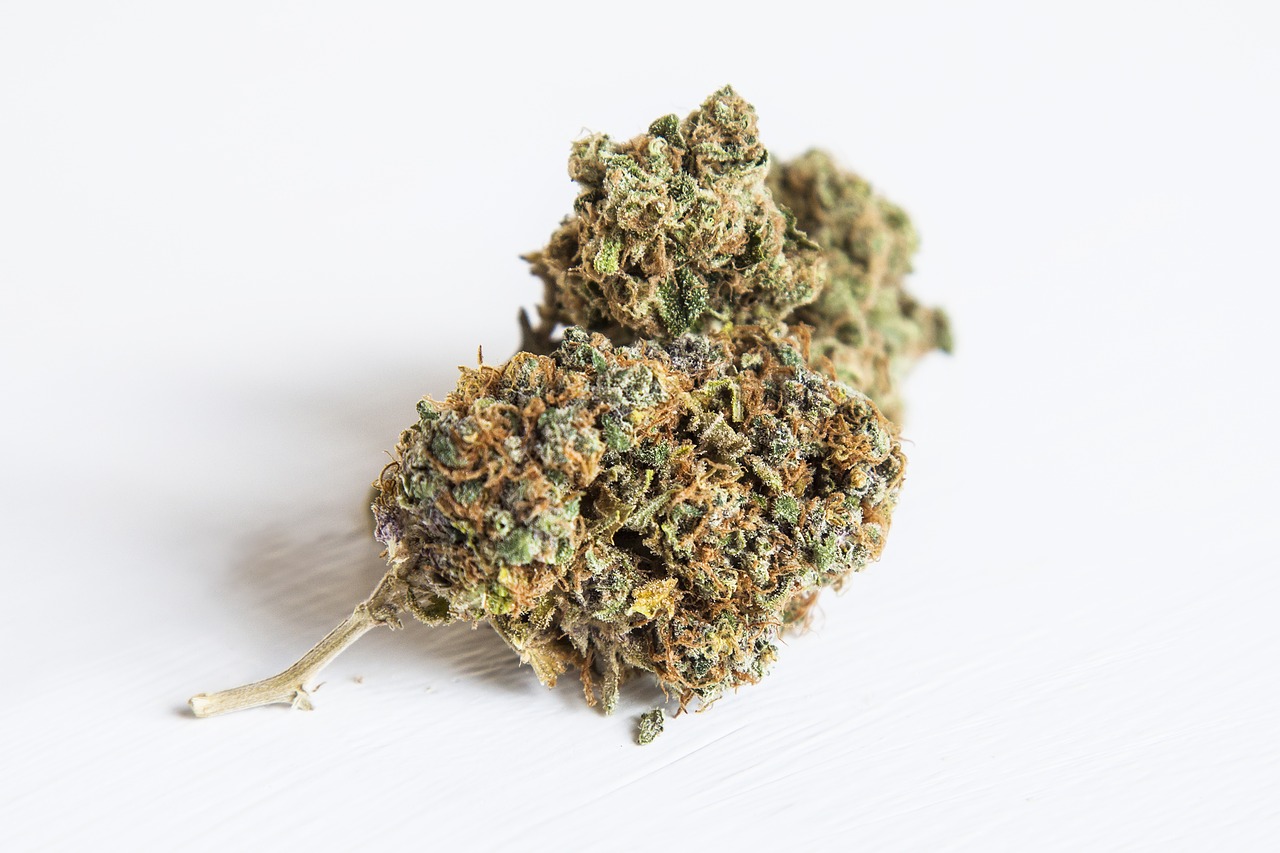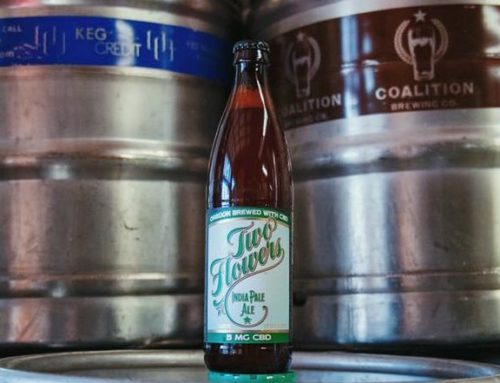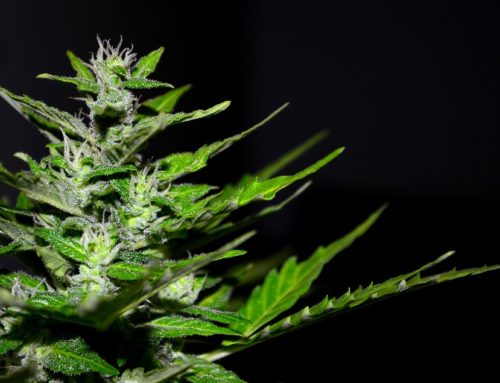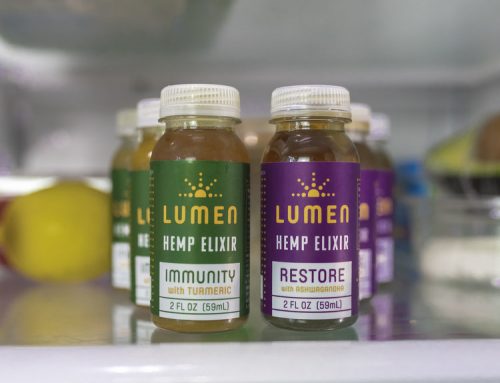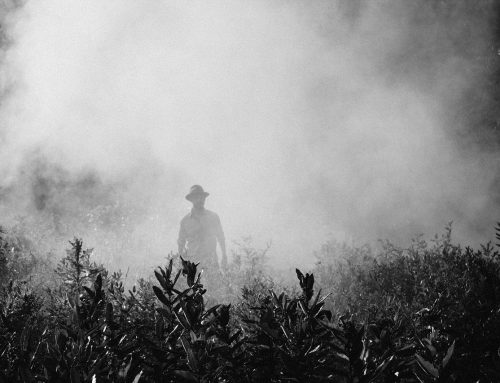If you have even a passing familiarity with pot, you know what THC is. It’s the chemical that gets you high, right? Not exactly. While THC does give cannabis most of its psychotropic effects, there is a whole lot more going on in cannabis than just THC. THC is just one of many active cannabinoids in the plant.
Cannabinoids are the various molecules that act on your body’s endocannabinoid system. They interact with different receptors to produce different effects. CBD is probably the second most well-known cannabinoid, but there are many more. And those are just the ones we know about! Scientists suspect that there are hundreds of cannabinoids yet to be classified.
Cannabis producers in legal states, where testing of products is common, are beginning to add many of these to their labels. We’ve broken down a few of the cannabinoids you might find to help you understand what you’re buying, and what they can do for you.
THC
THC, or tetrahydrocannabinol, is by far the most well-known cannabinoid in cannabis. It is the one that has psychotropic effects, meaning it’s the one responsible for cannabis’ high. THC affects the CB1 receptor in your endocannabinoid system. When it binds to your receptors, it releases dopamine, which gives you feelings of euphoria and relaxation. On the body side of things, it can also interact with receptors in the immune system, digestive tract, and skin. This means it can fight inflammation, stimulate appetite, or ease dermal conditions.
CBD
Cannabidiol (CBD) is easily the second most famous compound in cannabis. It is almost completely non-psychoactive, meaning it does not get you high. However, it has powerful physical effects. It is famous for helping fight seizures, and high-CBD strains like Charlotte’s Web enjoy legendary status for that. It can also help with inflammation, pain, anxiety, depression, PTSD, and a whole host of other conditions. CBD acts primarily on the CB1 and CB2 receptors, but also interacts with quite a few other systems in the body. Perhaps this is why it is such a versatile molecule. Currently, hemp-derived, CBD-only products are available across the U.S.
THCa and CBDa
THCa and CBDa are the acid-based forms of THC and CBD that occur in the raw cannabis plant. They are not psychoactive on their own, and must be “decarbed” into THC and CBD before they have the effects described above. Decarboxylation is when these acids lose carbon atoms. It happens when they are heated to a certain temperature, as with smoking or vaping. Baking can decarb cannabis too. When you’re reading a label for some bud, it’s smart to look at both THC and THCa amounts, to get an idea of how potent a product might be.
However, even when they’re not decarbed, they seem to have some interesting properties of their own. Reserach is limited, but CBDa seems to have some cancer fighting properties, and THCa is suspected to have health benefits of its own. Raw cannabis treatments will be an interesting field to follow.
THCV
THCV is often called the “miracle molecule.” This is because studies suggest that it has appetite-suppressant and energizing properties. GW Pharmaceuticals also performed clinical trials that suggested CBD and THCV could help treat type 2 diabetes. Other studies have found promising results for fighting epilepsy and Parkinson’s disease. However, the cannabis industry’s main interest in THCV is in those appetite-suppressant qualities. It’s often touted as a potentially game-changing diet drug, given the general lack of negative side effects.
It is also thought to be lightly psychoactive, although not nearly as much as THC. Strains that are energizing, as many people assume sativas to be, are thought to have higher levels of THCV. However, THCV does not really appear in significant amounts the way that THC or CBD do. Durban Poison is one strain that is often higher in THCV.
CBG
CBGa, the acidic form of CBG, is the parent molecule for CBD, THC, and CBG. Special enzymes break down CBGA and direct it towards one of those other three cannabinoids. Because THCa and CBDa, the acidic forms of those cannabinoids we covered above, are the most common results of that, CBG usually appears in amounts of less than 1%. It’s benefits include treating glaucoma, decreasing inflammation, and potentially fighting cancer and bacterial infections.
CBN
CBN isn’t really a cannabinoid that occurs naturally in cannabis, but rather a byproduct of a chemical reaction. It actually comes from THC as it ages, so cannabis that’s been sitting in the jar for awhile is frequently high in CBN. It’s often referred to as the sleepy cannabinoid, because it is so effective at inducing sleep. This makes it an excellent sedative, and it is likely the cannabinoid responsible for so-called “couch lock” strains. It also stimulates the appetite. Helping with sleep and increasing appetite make it especially helpful for cancer and AIDS patients.
Consumers interested in CBN can technically make any strain into a high-CBN strain. Because light, heat, air, and age cause the chemical reaction that breaks down THC into CBN, anyone can use a technique called curing to increase the CBN content of their cannabis. Curing is complex, but it essentially means aging your flower in a humidity controlled environment.
CBC
CBC is another non-psychoactive cannabinoid. It doesn’t bind well to the CB1 receptor but it does bind to several other receptors associated with pain perception. When it activates those receptors, it stimulates the body’s release of anandamine, one of the cannabinoids we produce naturally. Because of this, it has the potential to be a powerful cancer fighter, as anandamine has been shown to help fight breast cancer. It also has obvious implications for pain relief and several other conditions (acne, even!), highlighting how versatile even a single cannabinoid can be.
Estimates put the number of distinct cannabinoids in cannabis as high as 560. But hopefully this list helps you to have a better understanding of what you’re looking at next time you visit the dispensary. Using cannabinoids to understand cannabis can help you dial in the exact experience you’re looking for, and seek out products that will deliver it every time. Happy hunting!

